Aerobic Septic System Bacteria
Aerobic septic system bacteria. While conventional gravity-powered septic systems whose holding tanks depend on anaerobic bacteria are the most popular systems in use today there are situations in which aerobic septic systems are a more appropriate alternative. With solid waste often settling on the bottom of your septic tanks it is hard for the flow pumps and filters to reach it once it is on the bottom. We have bacteria designed specifically for aerobic systems and also bacteria additives for conventional septic tank and field systems.
Aerobic Bacteria - Treat your septic system with these high quality care products. A septic system is a major component of your home. This action introduces aerobic bacteria that act on waste.
Here are some of the advantages of having an aerobic septic system. In the drain field liquid waste is exposed to the air. The concept of an anaerobic septic system design is hinged on this fact.
The treated water that flows out of an aerobic septic system is cleaner making an aerobic system a good choice if your property has a higher water table or other. Therefore the drainfield must perform only 10 or less of the water cleansing. An aerator moves oxygen bubbles through the waste.
Waste enters the first tank and settles into layers. The system does not generate any waste but instead collects the waste from the built-up areas and transports it to the sewage station. Anaerobic bacteria on the other hand are happiest in oxygen-free or depleted environments.
With little to no need for oxygen and more resilience to environmental changes the climate of a septic tank suits Anaerobic Bacteria better. Aero-Streams Highly efficient oxygen loving Aerobic bacteria reduce wastewater strength more than 90 in the septic tank. Turbocharged Waste Processing by Karl Holt.
These bacteria digest proteins fats oils grease soaps and chemicals found in cleaning products and work with both the settling chamber and aeration chamber of the aerated units. It may seem strange to think about microorganisms as cleaning agents but.
An aerator moves oxygen bubbles through the waste.
Unlike anaerobic bacteria aerobic bacteria need oxygen to thrive. The inefficient oxygen hating anaerobic bacteria in a standard septic tank reduce the wastewater strength only 30 40. Aerobic septic systems inject oxygen into sewage waste stimulating the growth of aerobic bacteria which break down and filter the wastewater and solids. The station collects the sewage and mixes it with water generated from natural sources. Because aerobic bacteria are able to treat wastewater more extensively aerobic septic systems typically require smaller drainfields than anaerobic septic systems do. It is well documented that aerobic bacteria is 80 to 90 percent more efficient at breaking down organic waste products than anaerobic bacteria. There the aerobic works in the presence of oxygen bacteria go to work to continue the breakdown. Once a month flush the contents of ¼ oz packet of active dry yeast down the toilet to boost bacteria and enzyme production naturally. During this the surface or diffusion aerator simultaneously supplies additional oxygen and organic waste into the system.
The station collects the sewage and mixes it with water generated from natural sources. An aerobic septic system is more complex than an anaerobic system and has three tanks. Aero-Streams Highly efficient oxygen loving Aerobic bacteria reduce wastewater strength more than 90 in the septic tank. BIO-TABs use will aid and support this natural digestion of waste helping the septic system to. Here are some of the advantages of having an aerobic septic system. AeroBac Plus aerobic bacteria are water soluble packets containing patented bacteria cultures which are able to digest proteins fats oils grease soaps and chemicals found in cleaning products and work in both the settling chamber and aeration chamber of aerated units for trouble free septic performance. It is well documented that aerobic bacteria is 80 to 90 percent more efficient at breaking down organic waste products than anaerobic bacteria.

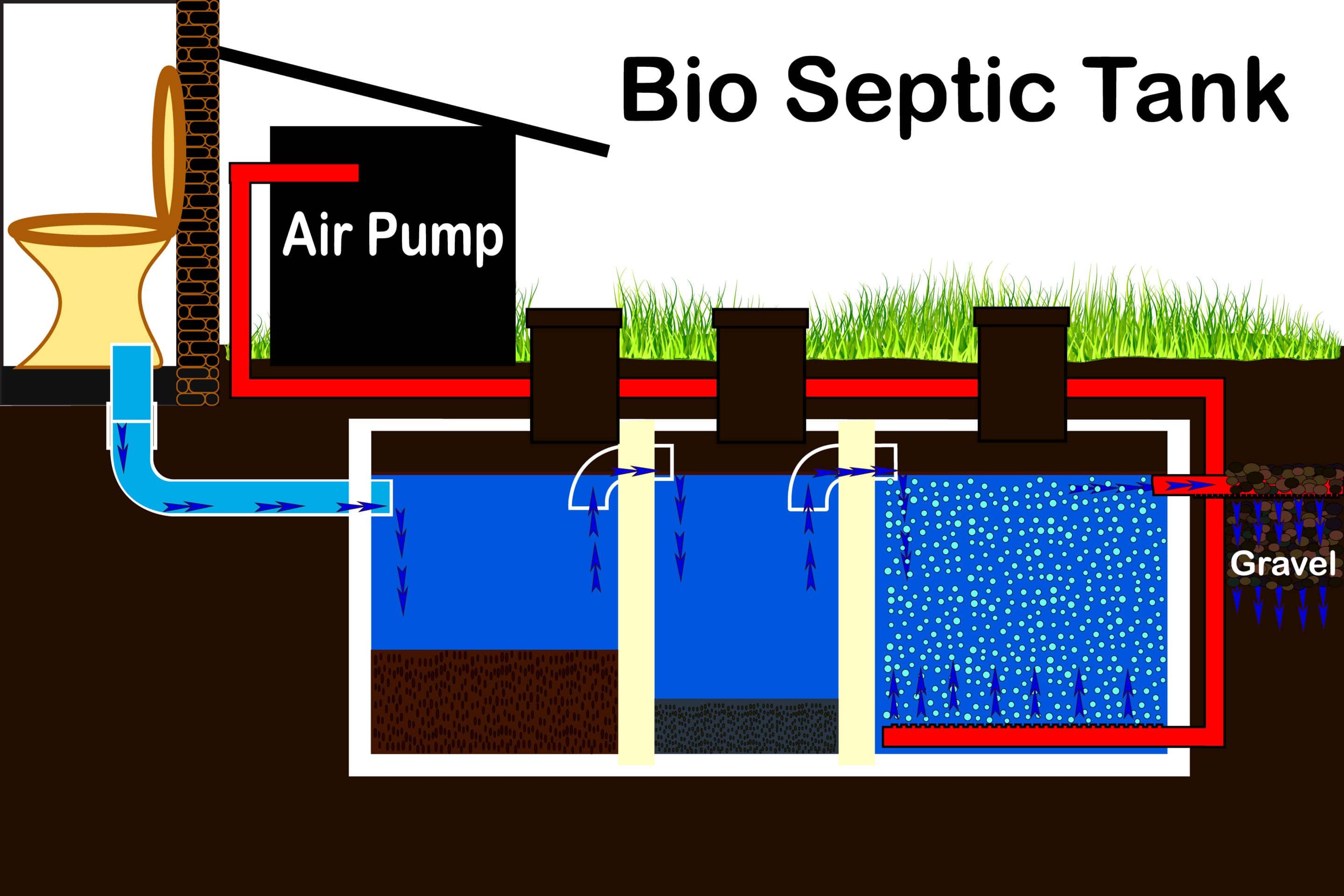

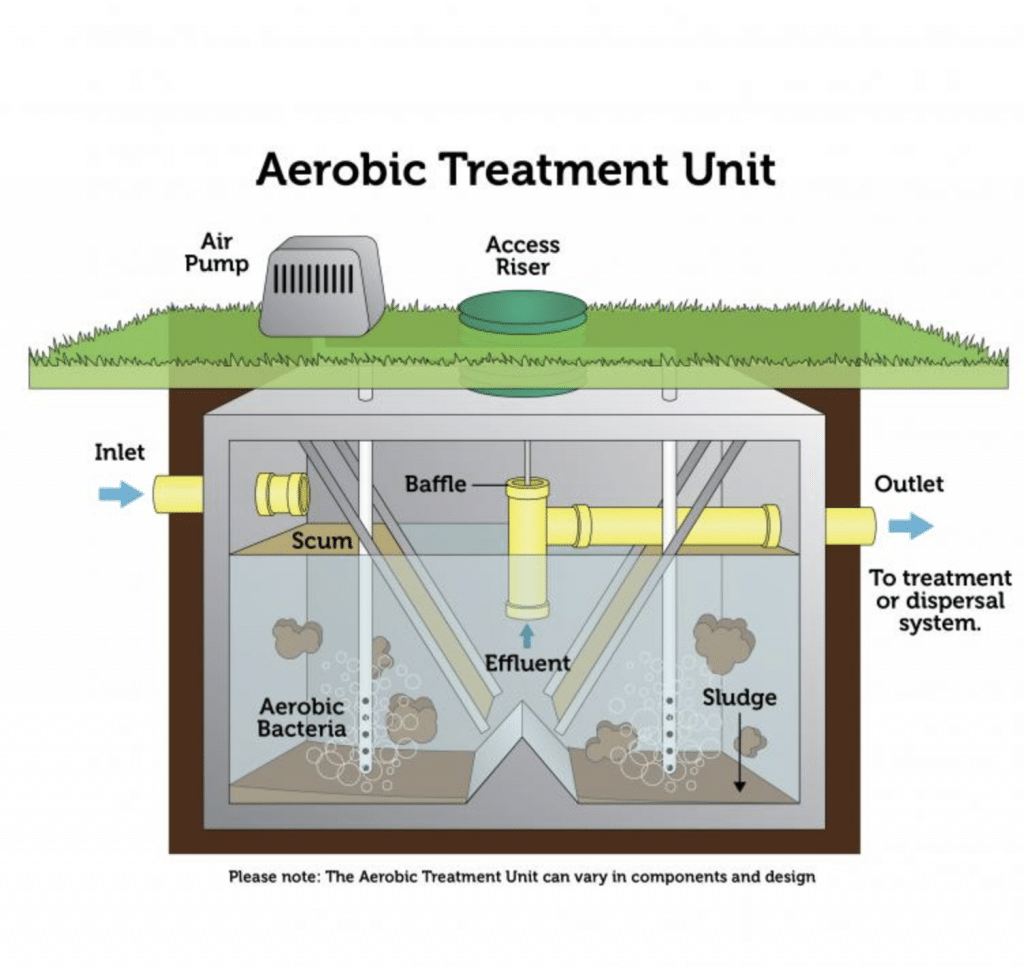
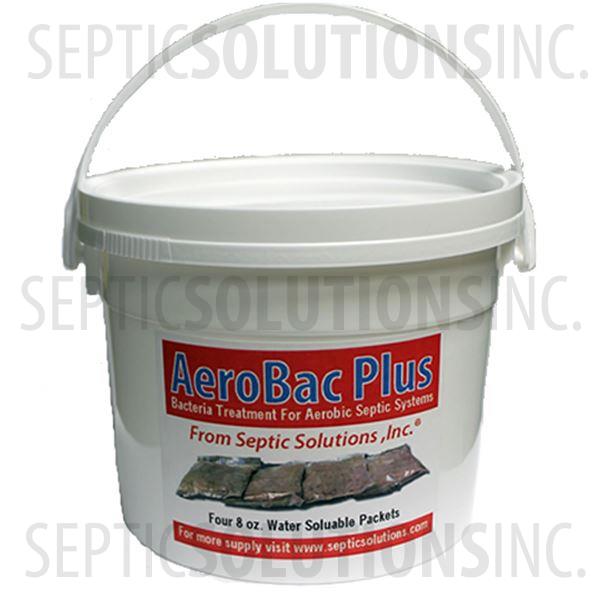

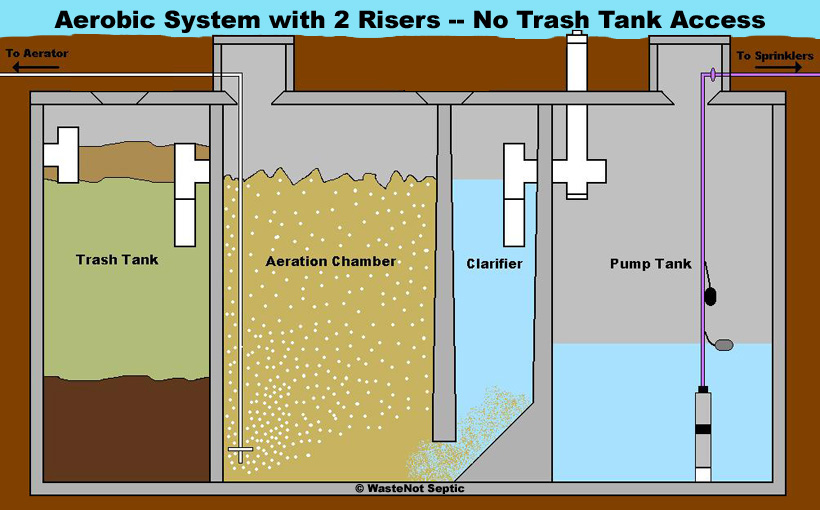
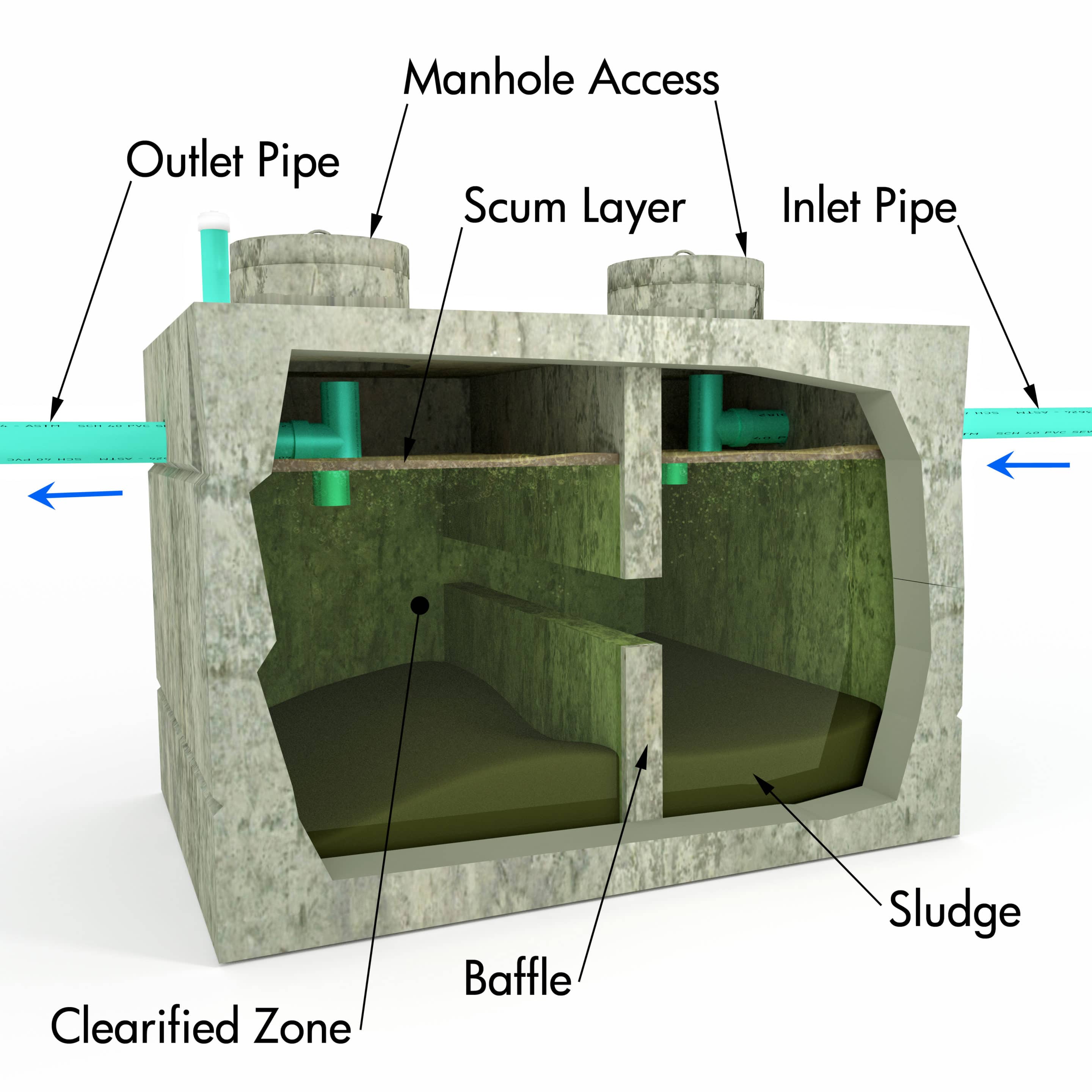




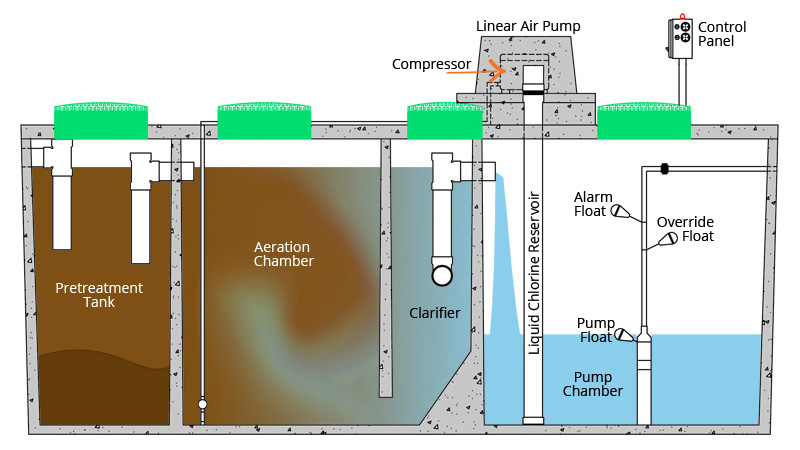
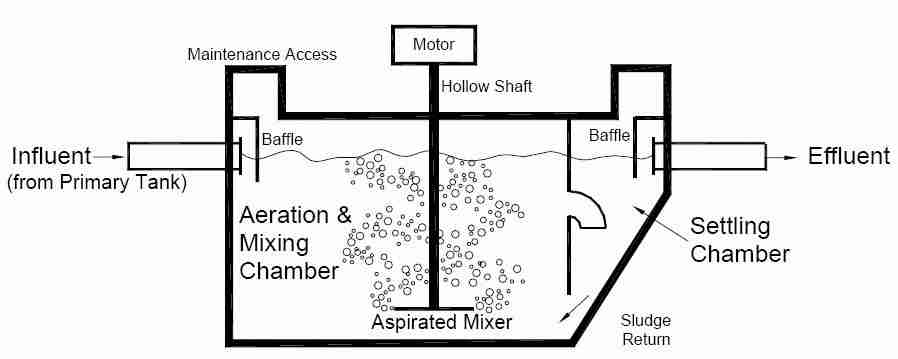
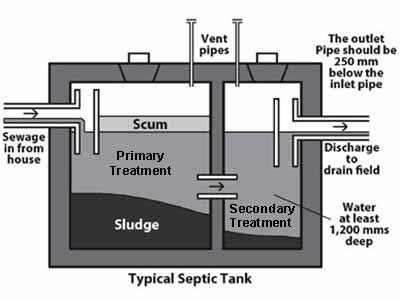







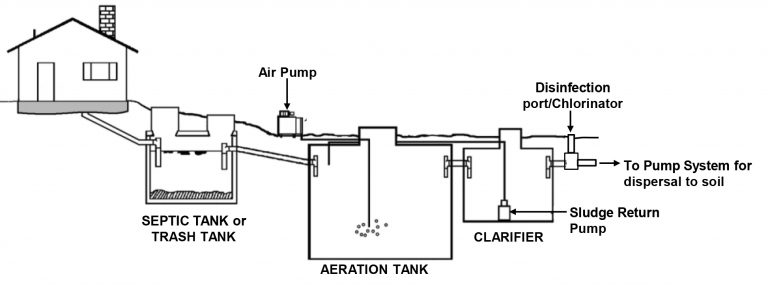
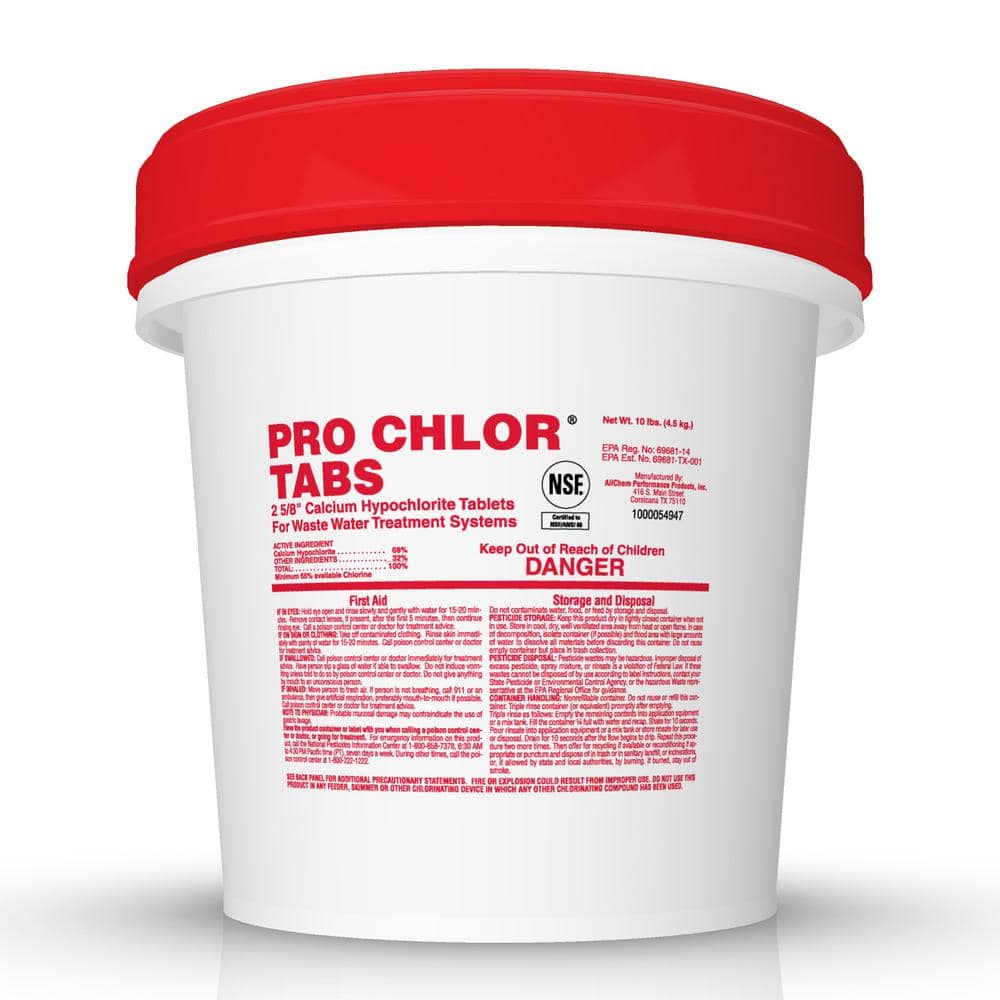

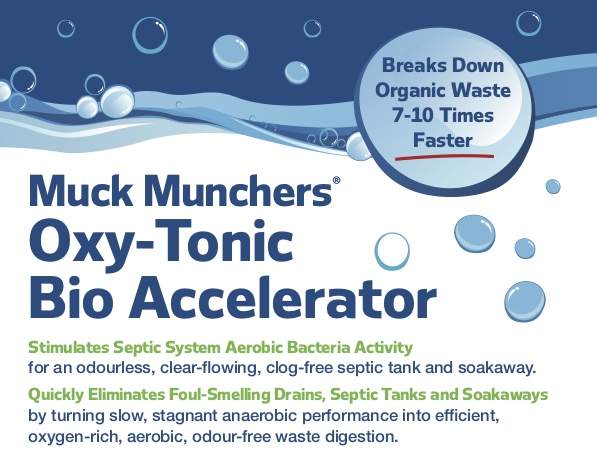















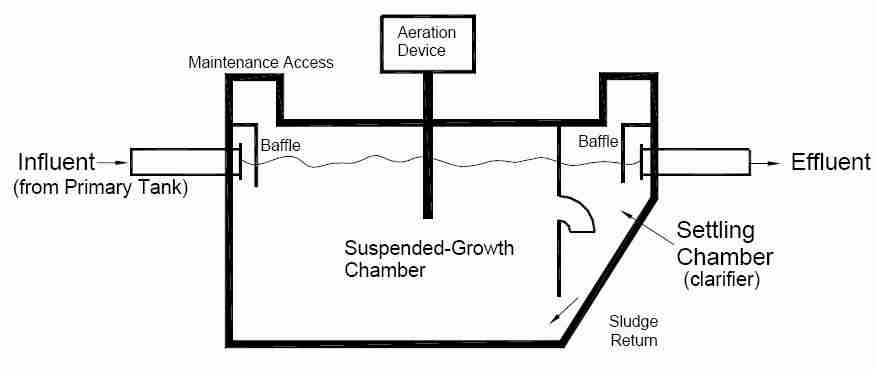
Posting Komentar untuk "Aerobic Septic System Bacteria"